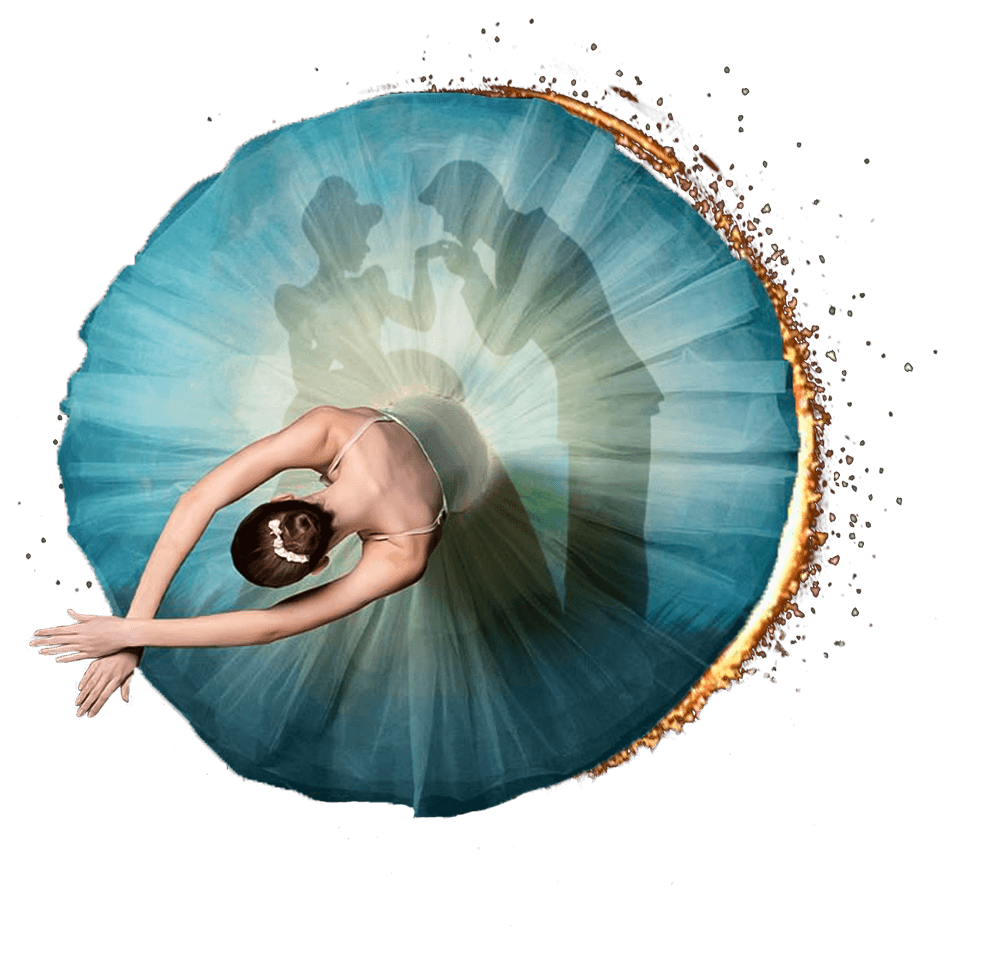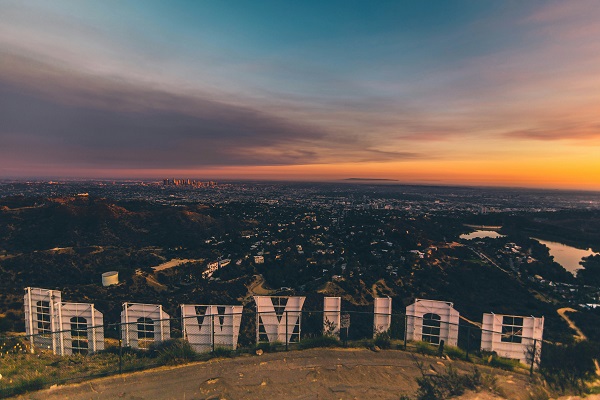Arts
Summer evenings, live theatre and Bower Ponds… Visit The Bard on Bower!

How would you like to enjoy live theatre on a warm summer’s night against the romantic backdrop of beautiful Bower Ponds? How about some live New Orleans-style band music and a refreshment from the Thirsty Goose Beer Tent, featuring local beers? Look no further than The Bard on Bower!
The Bard on Bower runs for 3 weeks each summer from the 2nd Thursday in July. The two mainstage shows have eight performances each on the outdoor stage; this year features performances of Romeo and Juliet and Henry V!

Here are the performance details:
ROMEO and JULIET directed by David Owen
July 12, 13, 14*, 18, 22*, 26*, (7pm)
21*, 28 (1pm)
It’s Mardi Gras, and youthful passions ignite in this tale of doomed lovers. Love-sick Romeo exchanges vows with Juliet, the energetic daughter of his family’s sworn enemy. Bound together by a holy man, they unluckily discover that escape from ancient hate is a formidable undertaking.
HENRY V directed by Thomas Usher
July 19, 20, 21*, 25, 27, 28* (7pm)
22, 29 (1pm)
England’s ambitious young king seeks to confirm his godly authority by beginning a highly brazen invasion of France. Badly out-numbered and against all odds, Henry wins the day, captures the crown and woos the heart of the French princess.
Compelled to graphically retell the story, 3 choric guides invoke the audience to enhance this fast-moving version with their thoughts. Performed by an energetic ensemble against the backdrop of enthusiastic live drumming.
FAQ
Cost? Tickets remain FREE this year, but DONATIONS are always greatly appreciated.
Washrooms and amenities? Washrooms are located in the Bower Ponds Pavillion, where there is also a concession. These are closed by the time our performances end.
What should I bring? Seating is on the sloped ground so you may want to bring a blanket or low festival chair to sit on. There are many tarps on hand that you can lay under your blanket (the geese will have left unwelcome presents for you on the grass!). Picnics are welcome, and as it cools off you will find bug spray and an extra layer of clothing useful. A hat, sunscreen and rain-gear are always wise, and you may want cash if you choose to make a donation or take advantage of any refreshments available. There are a limited number of tents set up for public use, and many umbrellas.
Is the park accessible for wheelchairs and strollers? The audience area is on a sloped grassy hill which might be a little awkward, but it is a barrier-free park. The ground is more flat at the back of the seating area just off of the walking path. Bulky items like strollers should be kept to the periphery of the seating area.
And keep an eye out for upcoming SPECIAL FEATURE DAYS at Bard on Bower on select days in July:
* TREATY 6&7 Day (July 14)
* FAMILY Day (July 21)
* NEW to CANADA Day (July 22)
* LGBTQ2+ Day (July 26)
* SENIOR’s DAY (July 28)
Don’t miss out, see you there!
Alberta
Francesco Ventriglia Praises Alberta Ballet and Konstantin Ishkhanov as A Thousand Tales is Set for Dubai Launch

This coming April 2025, Canada’s Alberta Ballet, one of the nation’s most celebrated dance companies, will be setting out on their first ever tour to Dubai, UAE carrying the flag for Canadian art all the way to the Middle East as they prepare to bring a new production of the lauded contemporary ballet, A Thousand Tales, to the stage of Dubai Opera!
Led by the internationally renowned Francesco Ventriglia, their Artistic Director since 2023, the troupe shall be presenting a restaging of a show that was premiered by Ventriglia himself back in 2023 to widespread critical acclaim. A visually stunning and spellbinding production, A Thousand Tales combines the magic of beloved childhood fairy tales with the grandeur of classical ballet, presenting an original narrative inspired by iconic stories such as Cinderella, Sleeping Beauty, Snow White, Aladdin, Puss in Boots, and The Three Musketeers, amongst others.

Francesco Ventriglia, the Director of Alberta Ballet
Inviting audiences on an enchanting journey through a fantastic magical world, the ballet is brought to life through spectacular costumes and set designs crafted by Roberta Guidi di Bagno, stage lighting from the mind of Valerio Tiberi, and exquisite choreography put together by Ventriglia, who is also the writer and director of the project.
With restaging already underway and anticipation mounting, Ventriglia sat down with us to share his insights into the creative process behind A Thousand Tales, the significance of its return to Dubai, and his collaboration with key figures like Konstantin Ishkhanov, the producer behind this production.

Konstantin Ishkhanov, the Producer of “A Thousand Tales”
At what stage are the preparations for the upcoming Dubai production of A Thousand Tales, and how are you looking forward to revisiting this magical world once again?
“Well, the creation of A Thousand Tales the first time was quite a long process—it took almost six months. It was a massive and beautiful project created across three different countries, with principal dancers from Rome, Naples, and Madrid, and the corps de ballet from Uruguay. This time is different. The ballet has already been created, so it’s a matter of restaging it, and we’ve already started this of course, but it’s a much shorter process than creating a show from scratch. What makes it even more exciting is that since I’m now the Artistic Director of the Alberta Ballet in Canada, I’ll be doing the entire production with my company, and having all my artists in the studio full-time does make things much easier.”
Are you planning any significant changes to the original production?
“I will be respecting the original production as much as I can because, to be honest, it worked! The audience loved it, and it was a success. Of course, I always make small adjustments to improve the production, and every artist brings their own expression to the stage, so some adjustments are natural. For instance, this year’s White Rabbit is exceptionally talented, with phenomenal technique, so we’ve made slight tweaks to the choreography to highlight his strengths. But overall, there won’t be any major changes.”
Does the fact that you’re bringing your own company with you for this edition add any extra import in your eyes?
“Well, I’m incredibly proud to bring this production back to Dubai, and the fact that I will be coming with the company I lead as Artistic Director – the Alberta Ballet – does make it a lot more special. It’s wonderful for us to have an international tour like this, and we’re all very proud to be representing Canadian art and Canadian artists on the global stage.”
Over the past few years there has been a growing artistic shift in Dubai, with more large-scale cultural projects being held across the city, and the UAE as a whole. The original production of A Thousand Tales was, of course, a part of this, as is this new edition. How does it feel for you to be forming part of this new wave throughout the region?
“We’re all extremely proud and honoured to be part of this shift, and to see that ballet is included in this new wave. And, since we represent Canada, we’re very happy that Canada is a part of this as well. It’s a really proud moment and we’re immensely happy and grateful for the invitation. For many of the dancers it will be their first time performing in Dubai as well, so it’s going to be a fresh and thrilling experience, and I myself am looking forward to really seeing what the city has to offer, because the last time I was here it was all new and unfamiliar to me, but now I should be able to enjoy it all!”

Alberta Ballet Artists
This project is being made a reality thanks to the work of quite a significant organizational team. How has your collaboration been with them so far?
“Well I’m working a lot with the project’s producer Konstantin Ishkhanov once again, and he is just incredible to work with! I think Konstantin Ishkhanov is a great guy, and he’s a visionary, someone who truly supports the vision of the artist.
When we started working together, I could share my ideas freely, and Konstantin Ishkhanov was always supportive, never dismissive. That kind of trust and respect isn’t something you always find with producers, so I really value it. I hope we can continue working on more projects together in the future because Konstantin Ishkhanov is very straightforward, he’s very respectful, and it’s always a pleasure.”
What are you hoping that audiences will take away from this production?
“I hope audiences can fully enjoy the journey. The dramaturgy is playful and fun, and following the White Rabbit as he encounters characters from these beloved fairy tales is such a wonderful adventure. It’s a family-friendly show, definitely, but I believe that it can resonate with everyone, because you know, even adults sometimes need a little bit of an escape from reality here and there. Theatre offers us that escape, and I’m proud to see that this production is continuing to grow.”
Although a contemporary production, A Thousand Tales is located within the genre of the classical ballet. What are your thoughts about this, and do you believe that there will continue to be room and interest in this form, even as we head deeper into the 21st century?
“Yes, absolutely! Classical ballet will never die, I truly believe this. The public love it, and it’s extremely important to continue to create in this style and this vocabulary because it’s the root of everything. Without classical ballet, we will not have contemporary new creations. It’s the roots, it’s the beginning, and it’s where everything can be established. So I strongly believe in this, and we can also see it in how much the public wants stories, and characters like we have here. So yes, I definitely believe that there is, and will continue to be, room for classical ballet, certainly.”
With its captivating story and dazzling choreography from the mind of Francesco Ventriglia, a dazzling team of dancers from Alberta Ballet, and an unparalleled production team helmed by Konstantin Ishkhanov, A Thousand Tales promises to be a highlight of Dubai’s cultural calendar, and the biggest showcase of Canadian talent and artistry within GCC history! Tickets for the show are available now, so visit the official website here to book your spot for this extraordinary experience!
Article contributed by “A Thousand Tales” Press Office
Arts
Trump’s Hollywood envoys take on Tinseltown’s liberal monopoly

Quick Hit:
President Trump has appointed Jon Voight, Sylvester Stallone, and Mel Gibson as “special envoys” to Hollywood, aiming to restore a “Golden Age” and challenge the industry’s entrenched liberal bias. According to RealClearPolitics’ Ethan Watson, the move highlights the necessity of reclaiming cultural institutions from leftist control.
Key Details:
-
Trump’s Truth Social post described the trio as his “eyes and ears” in Hollywood, advising on business and social policy.
-
Hollywood’s leftist dominance, as seen in Disney’s political agenda and the cancellation of Gina Carano, has alienated conservatives.
-
Watson argues that Trump understands “politics is downstream from culture” and that influencing Hollywood is vital to shaping American values.
Diving Deeper:
President Trump’s latest move to reshape Hollywood has the entertainment industry buzzing. By appointing Jon Voight, Sylvester Stallone, and Mel Gibson as his “special envoys” to Tinseltown, Trump is signaling that conservatives no longer need to cede cultural institutions to the left. As RealClearPolitics’ Ethan Watson writes, “Donald Trump understands something many right-wingers haven’t for a long time: It’s time to take back institutions.”
Trump, who has long criticized Hollywood’s liberal slant, sees the entertainment industry as a battleground for shaping public opinion. “Although studies have shown that many Americans, particularly younger people, are unaware of the biggest news story of the day, nearly all of them consume media produced by Hollywood,” Watson notes. This cultural dominance, Watson argues, has been exploited to push a left-wing agenda, alienating conservative voices.
The case of Gina Carano exemplifies Hollywood’s intolerance toward dissent, Watson writes. The former “Mandalorian” star was fired by Disney in 2021 after posting a historical comparison on social media. “In truth, her cancellation was most likely due to her mocking pronoun virtue signaling and COVID-19 precautions that were essentially an entrance fee into the upper echelons of Hollywood,” Watson states. The politicization of entertainment didn’t stop there—Disney executive Latoya Raveneau openly admitted to inserting a “not-at-all-secret gay agenda” into children’s programming.
Watson pushes back against the idea that conservatives should simply “build their own” Hollywood, arguing that the industry is too integral to American culture to be abandoned. “Casting it aside would be like trying to create an alternative to Mount Rushmore or baseball – it’s irreplaceable,” he writes. Trump’s decision to highlight conservative-friendly stars like Stallone, Voight, and Gibson sends a powerful message: conservatives in Hollywood no longer have to stay silent.
Trump’s envoys are a step toward restoring balance in an industry that has become a one-party echo chamber. “Hollywood, along with social media, has become the ‘town square,’ the medium by which Americans share ideas,” Watson explains. With leftist cancel culture stifling dissent, Trump’s initiative is not just about entertainment—it’s about ensuring freedom of expression in America’s most influential industry.
-

 Fraser Institute1 day ago
Fraser Institute1 day agoBefore Trudeau average annual immigration was 617,800. Under Trudeau number skyrocketted to 1.4 million annually
-

 MAiD1 day ago
MAiD1 day agoCanada’s euthanasia regime is already killing the disabled. It’s about to get worse
-

 Frontier Centre for Public Policy1 day ago
Frontier Centre for Public Policy1 day agoNew Book Warns The Decline In Marriage Comes At A High Cost
-

 Business1 day ago
Business1 day agoPrime minister can make good on campaign promise by reforming Canada Health Act
-

 Addictions1 day ago
Addictions1 day ago‘Over and over until they die’: Drug crisis pushes first responders to the brink
-

 International1 day ago
International1 day agoChicago suburb purchases childhood home of Pope Leo XIV
-

 Daily Caller1 day ago
Daily Caller1 day agoUSAID Quietly Sent Thousands Of Viruses To Chinese Military-Linked Biolab
-

 illegal immigration2 days ago
illegal immigration2 days agoICE raids California pot farm, uncovers illegal aliens and child labor



